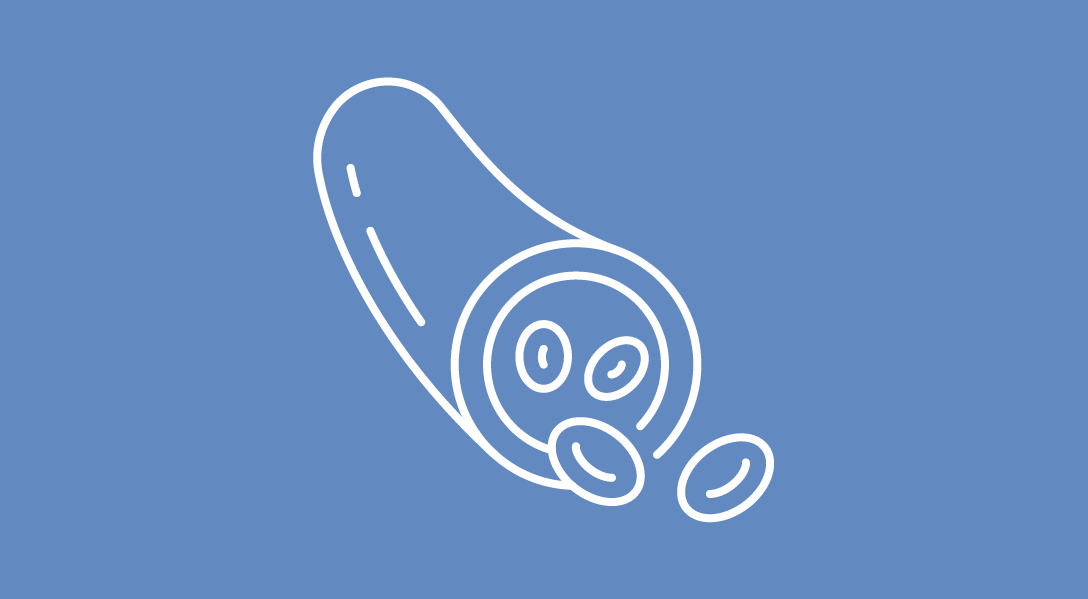Matched and Mismatched Unrelated Donors May Confer Similar Survival Rates for HCT
Taking mismatched unrelated donors into consideration may increase donor numbers, especially for patients with minority ancestry who are seeking hematopoietic cell transplantation.
Matched and Mismatched Unrelated Donors May Confer Similar Survival Rates for HCT

Human leukocyte antigen (HLA)-matched unrelated donors (MUD) and mismatched unrelated donors (MMUD) for allogenic hematopoietic cell transplantation (HCT) resulted in similar rates of overall survival (OS) and graft-versus-host disease (GVHD)–free-relapse free survival (GRFS) at 3 years in patients with hematologic malignancies who received either cyclophosphamide (PTCy) or calcineurin inhibitor (CNI)-based prophylaxis after transplant, according to study findings published in the Journal of Clinical Oncology.1
Data showed that OS (HR, 0.96; 95% CI, 0.82-1.18; P =.60) and GRFS (HR, 0.90; 95% CI, 0.79-1.02; P = .11) were similar between MUD HCT with PTCy and MMUD HCT with PTCy. Additionally, OS was improved after MUD HCT with PTCy (HR, 0.88; 95% CI, 0.80-0.96; P= .0041), and GRFS was improved after MUD HCT (HR, 0.61; 95% CI, 0.57-0.66; P < .0001) or MMUD HCT (HR, 0.68; 95% CI, 0.60-0.76; P < .0001) with PTCy compared with HCT plus CNI. The data revealed that PTCy benefit was independent of patient ancestry and that MMUD may increase donor availability.
“These data confirm we are at the forefront of transplant practice change. As our global population becomes more diverse and geographically disparate, patients [with] blood cancer are increasingly looking for a safe and effective method to increase their survival and longevity,” co-first author Brian Shaffer, MD, bone marrow transplant specialist and cellular therapist at Memorial Sloan Kettering Cancer Center, said in a news release on the study findings.2 “Achieving recognition from one the most prestigious, peer-reviewed medical publications demonstrates the credibility of these data and builds the evidential case for using MMUDs to expand access to blood stem cell therapy for all patients.”
The patient cohort in the final analysis set consisted of 10,025 patients with either acute leukemia (70.9%) or myelodysplastic syndromes (29.2%) who underwent HCT. Of these patients, 7272 and 613 received MUD or MMUD HCT with CNI, and 1681 and 459 received MUD or MMUD HCT with PTCy. Data were obtained from the Center for International Blood and Marrow Transplant Research (CIBMTR) outcomes database from January 2017 through June 2021.
The coprimary end points of the study were the comparisons of OS and GRFS between MUD and MMUD allogenic HCT for those receiving CNI- or PTCy-based GVHD prophylaxis. Secondary end points included relapse incidence, nonrelapse mortality (NRM), grade II to IV and grade III to IV acute GVHD, and moderate or severe chronic GVHD occurrence.
Median follow-up was 36.6 months (range, 3.0-77.8), and median time from diagnosis to HCT was 6.0 months (IQR, 4.4-9.9), with patients receiving MMUD HCT having marginally longer times from diagnosis (6.7 months; IQR, 4.7-11.3; vs 6.0 months; IQR, 4.4-9.8; P <.001). Minority ancestry was reported in 22% of patients receiving MMUD HCT vs 8% in the MUD HCT group (P < .0001).
NRM occurred less frequently with PTCy-based prophylaxis among MUD HCT recipients (HR, 0.767; 95% CI, 0.67-0.87; P < .0001) and MMUD HCT recipients (HR, 0.801; 95% CI, 0.65-0.98; P = .03) vs CNI recipients. Conversely, NRM occurred more frequently for MMUD-CNI groups (HR, 1.383; 95% CI, 1.16-1.65; P = .0003). Relapse occurred more frequently among MUD-PTCy (HR, 1.146; 95% CI, 1.03-1.27; P = .01) and MMUD-PTCy recipients (HR, 1.122; 95% CI, 0.96-1.32; P = .2) vs MUD-CNI recipients.
“The combination of novel prophylaxis agents with either standard-dose or reduced-dose PTCy is a promising strategy that will be evaluated in existing or planned clinical trials. Taken together, these results and those of forthcoming clinical trials will represent a significant step forward in resolving barriers to transplantation. Increasing access to HCT is paramount to making this lifesaving procedure available to patients of all ancestries,” Shaffer and study coauthors wrote.1
References
- Shaffer BC, Gooptu M, DeFor TE, et al. Post-transplant cyclophosphamide–based graft-versus-host disease prophylaxis attenuates disparity in outcomes between use of matched or mismatched unrelated donors. J Clin Oncol. Published online July 17, 2024. doi:10.1200/JCO.24.00184
- Journal of Clinical Oncology publishes study finding no discernable difference in overall survival or GVHD-free-relapse free survival for mismatched unrelated adult donors versus matched unrelated donors. News release. Business Wire. July 17, 2024. Accessed July 26, 2024. https://tinyurl.com/mw9tbhkk
Shared Model of Care Post-HCT Offers Safe Follow-Up, Reduces Patient Burden
Published: March 19th 2025 | Updated: March 19th 2025Alternating post-HCT care between specialized facilities and local cancer centers produced noninferior non-relapse mortality and similar quality of life to usual care.
Shared Model of Care Post-HCT Offers Safe Follow-Up, Reduces Patient Burden
Published: March 19th 2025 | Updated: March 19th 2025Alternating post-HCT care between specialized facilities and local cancer centers produced noninferior non-relapse mortality and similar quality of life to usual care.
Latest Conference Coverage
2 Commerce Drive
Cranbury, NJ 08512
All rights reserved.



